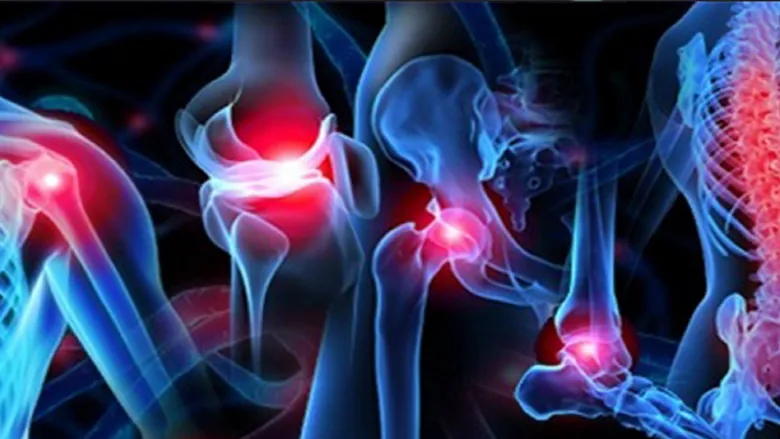Here is a general overview of the steps involved in a stem cell treatment procedure:
Surgical Implantation: In certain cases, such as bone fractures or defects, the stem cells may be implanted during a surgical procedure. They can be combined with scaffolds or other materials to aid in tissue regeneration and healing.
- Medical history, physical examination & additional diagnostic tests, such as imaging studies can be done to assess the extent of the condition and determine the suitability of stem cell treatment.
- Stem cells can be obtained from various sources, including bone marrow, adipose tissue (fat), or umbilical cord blood. The choice of source depends on factors such as availability, suitability for the specific condition, and regulatory considerations.
- If autologous stem cells (stem cells obtained from your own body) are being used, a procedure will be performed to collect the stem cells. For example:
- Bone Marrow Aspiration: Under local anesthesia, a needle is inserted into the hip bone (iliac crest), and a small amount of bone marrow is aspirated using a syringe.
- Adipose Tissue Extraction: A small surgical procedure is performed to extract adipose tissue from a specific area, usually the abdomen or thigh. The tissue is processed to isolate the stem cells.
- Umbilical Cord Blood: If using umbilical cord blood stem cells, they are obtained from a regulated cord blood bank.
- Once the stem cells are collected, they undergo processing in a laboratory. This typically involves isolating and concentrating the stem cells from the collected tissue or blood sample.
- The stem cells are then administered to the affected area. The specific method of administration will depend on the condition being treated. Common methods include:
- Injection: The concentrated stem cells are injected directly into the targeted area, such as a joint, tendon, or ligament. This can be guided by imaging techniques, such as ultrasound or fluoroscopy, to ensure precise placement.
- Surgical Implantation: In certain cases, such as bone fractures or defects, the stem cells may be implanted during a surgical procedure. They can be combined with scaffolds or other materials to aid in tissue regeneration and healing.
